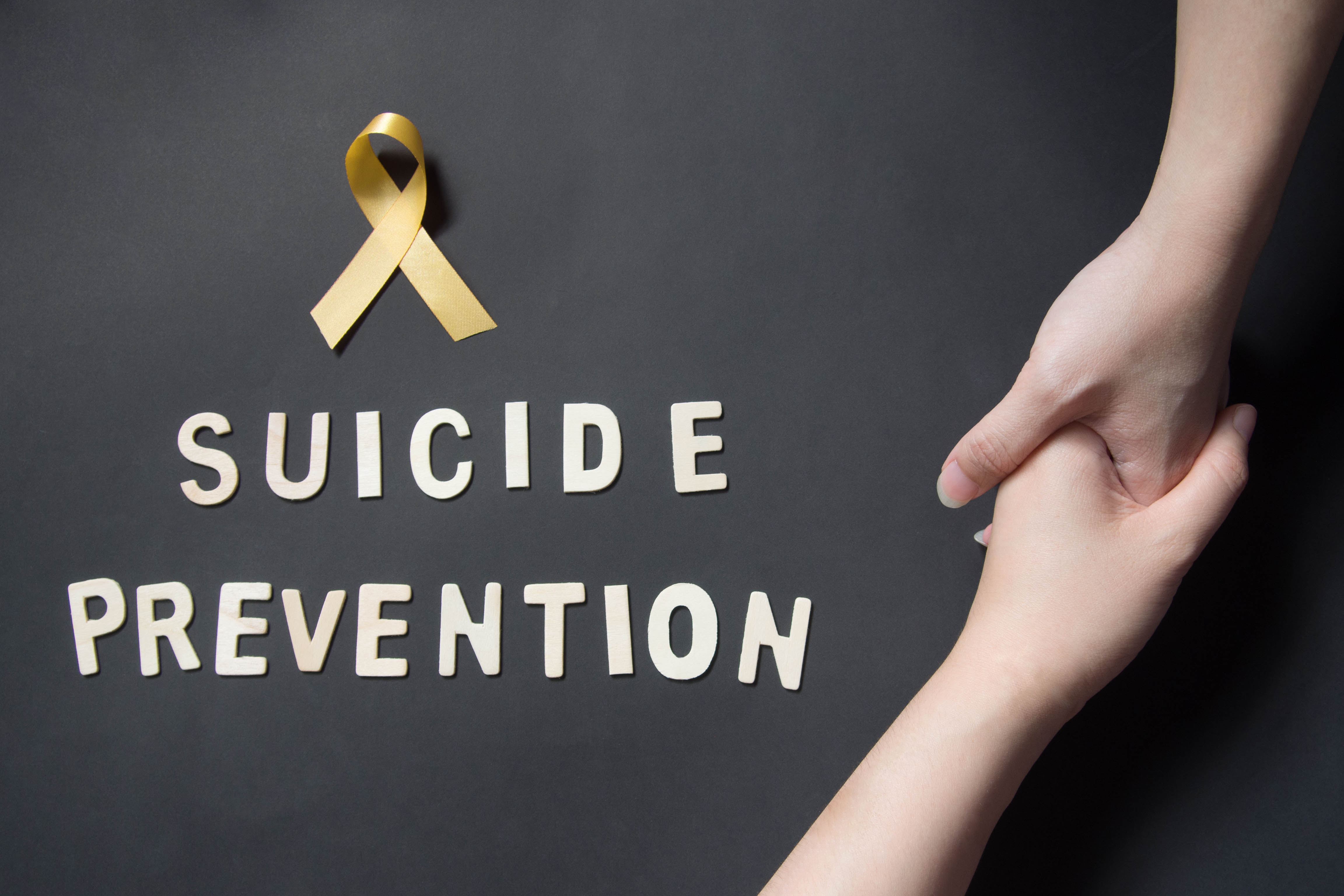If you’ve ever had thoughts of suicide, it’s time to make a Suicide Prevention Plan. Knowing what coping strategies to use during times of crisis and who to contact for help can someday save your life.
According to a 2018 study comparing safety planning intervention vs. usual care of suicidal patients treated in emergency departments, patients who were given a safety plan at discharge for suicide-related concerns were half as likely to have suicidal behavior.
The best time to create a Suicide Prevention Plan is when you’re not in the middle of a crisis. Safety plans help you establish a strategy for handling distress beforehand so you can be better prepared to get the help you need.
If You’re Currently Thinking About Suicide:
- Stop and call 1-800-273-8255 to receive support from the National Suicide Prevention Lifeline.
- Promise not to do anything right now. Wait a day — or better yet, a week — and reassess at a later date. Put some distance between your current thoughts and action.
- Avoid alcohol and drugs.
- Go somewhere safe or make your environment safe. Get rid of pills, weapons, or anything that can be used as a weapon to harm yourself.
- Talk to a friend or family member you trust. Ideally, this person will be available to keep you company in times of crisis, act as a non-judgmental listener, and help you follow up with a wellness plan.
- Call your primary care physician for a medical evaluation. There is often a solution to an underlying mental health condition.
If you feel your depression symptoms returning or escalating and you fear you’ll end up in that dark place again, call our patient care staff. Ketamine Therapy can help you address underlying issues before they get worse. If you recently completed a full series of Ketamine Infusions or had a Ketamine Booster for depression management, we recommend you take full advantage of the feel-good effects that Ketamine Therapy can provide. In the days, weeks, and even months of living a life with happier thoughts after your treatment, it’s easier to implement positive lifestyle changes and create a safety plan in case symptoms return.
Create a Suicide Prevention Plan and Personalize It:
1. Familiarize yourself with the warning signs of depression and suicide, including:- Increased use of alcohol or drugs
- Withdrawal from activities
- Isolation from family and friends
- Sleeping too much or too little
- Visiting or calling people to say goodbye
- Giving away prized possessions
- Aggression
- Fatigue
- Relationship fights
- Loss of relationships
- Job stress
- Financial issues
- Other challenging situations
- Take a hot bath
- Exercise
- Create a music playlist of your favorite songs
- Get outside
4. Go through your suicide prevention kit.
5. Remind yourself of your reasons for living.
- List things that you are grateful for.
- List things that you have to look forward to in the future.
- Write down positives about yourself.
- Identify people in your life that you care about.
- Think of ways you can be kind to others.
6. Call a crisis hotline such as the National Suicide Prevention Lifeline at 1-800-273-8255.
7. Open up to a friend or family member.
8. Go somewhere safe or make your environment safe.
- Limit exposure to negative/toxic people.
- Dispose of medications.
- Remove yourself from places where weapons, or tools that can be used as weapons, are present.
When a Suicide Prevention Plan Isn’t Enough:
- Go to the Emergency Room at the nearest hospital. If you feel you cannot get to the hospital safely, call 911 and request transportation to the hospital. They will send someone to transport you safely.
When Your Suicidal Thoughts Subside:
- Call a care provider (such as a primary care physician, psychologist, psychiatrist, or therapist).
- Contact our patient care staff to see if Ketamine Therapy is right for you.
After you fill out your personalized Suicide Prevention Plan, check out our Suicide Prevention Kit and add your plan to the kit’s contents so you have it readily accessible if you ever need it.
Suicidal ideation and depression are treatable. Most people who undergo Ketamine Therapy see an immediate decrease in suicidal thoughts following their treatment. If you’re wondering how Ketamine Therapy can help you, schedule a call with our patient care staff today to discuss a treatment plan.



